The aroma of freshly baked treats filled the air, a delightful symphony of flour, peanut butter, and Rhya’s excited tail wags. In this haven of warmth and love, Sarah wasn’t just baking delicious desserts – she was baking a future, one treat at a time, with her furry sous chef, Rhya, by her side.
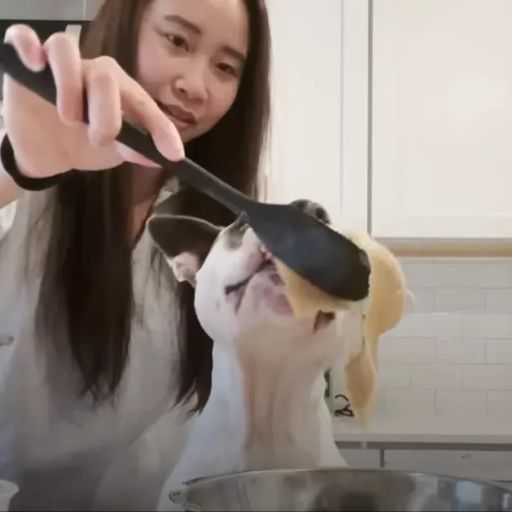
Their story began unexpectedly, a chance encounter at a local animal shelter. Rhya, a young dog with soulful brown eyes, caught Sarah’s attention immediately. But Rhya wasn’t your typical shelter dog, brimming with playful energy. She was frail, her tiny body burdened by a staggering 20 pounds of excess fluid. The veterinarian’s prognosis was grim, painting a picture of a future shrouded in uncertainty.
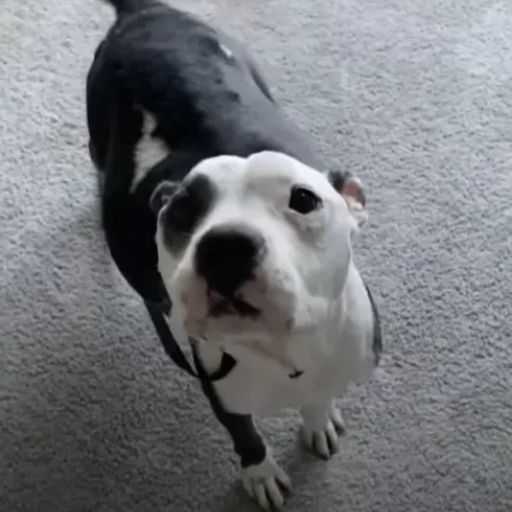
Yet, despite the pain and discomfort, Rhya’s spirit remained unbroken. Her tail, a constant metronome of optimism, thumped a gentle rhythm against her emaciated body. Witnessing this unwavering zest for life ignited a spark of determination in Sarah’s heart. She knew then that she wouldn’t give up on Rhya.
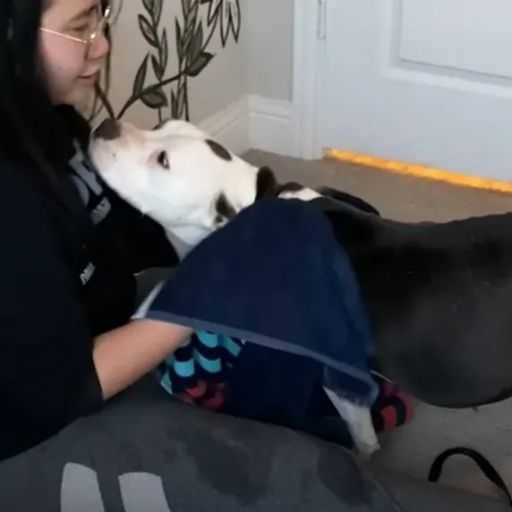
The following month was a blur of vet visits, medication, and surgery that revealed the true extent of Rhya’s ordeal. Seeing Rhya’s frail frame post-surgery was a heart-wrenching reminder of the battle she was fighting. But through it all, Rhya’s spirit never faltered. She greeted Sarah each morning with a weak wag and a glimmer of hope in her eyes, a silent promise to keep fighting.
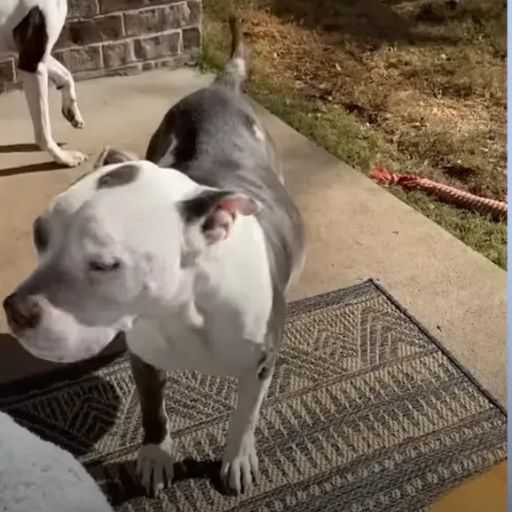
As Rhya slowly regained her strength, Sarah, a passionate baker, decided to incorporate her furry companion into her passion. She started experimenting with dog-friendly recipes, using only the freshest ingredients – whole wheat flour, ripe bananas, and all-natural peanut butter. The kitchen became their happy place, filled with the rhythmic kneading of the dough, the sweet scent of baking treats, and the happy chorus of Rhya’s excited barks.

These homemade treats weren’t just a delicious indulgence; they were a symbol of Rhya’s resilience. With each successfully devoured batch, Sarah celebrated Rhya’s small victories – her first wobbly steps, her playful nibbles on the cooling treats, and the gradual return of her playful spirit.

Months turned into a year, and Rhya blossomed into a healthy, energetic dog. Her once-dull coat shone with a vibrant sheen, and her playful barks echoed through the house. The vet marvelled at Rhya’s transformation, a testament to Sarah’s unwavering love and care. The time came for a momentous decision. Sarah, who had been fostering Rhya, contemplated adoption. While Rhya thrived in her loving home, Sarah worried that uprooting her from the familiar routine might disrupt her progress.

One evening, as Sarah wrestled with this decision, Rhya, sensing her dilemma, nudged her hand with her wet nose. Looking into Rhya’s soulful eyes, Sarah realized that their bond transcended the legalities of adoption. They had chosen each other, a connection forged in the warmth of the kitchen, cemented by shared struggles and celebrated with delicious homemade treats.
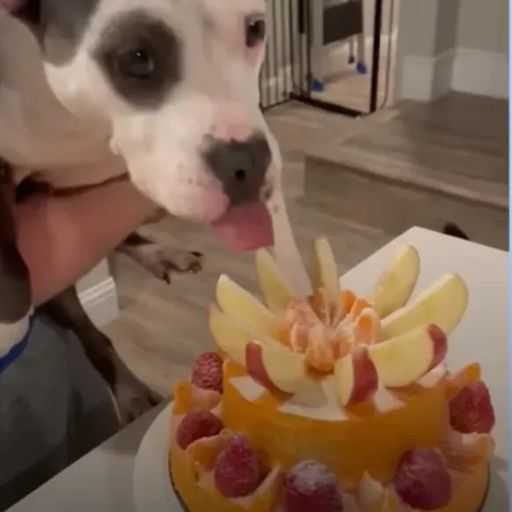
From that day on, Rhya officially became part of the family. Their baking sessions continued a cherished tradition that brought them closer. Sarah even started a small online business selling her dog-friendly treats, aptly named “Woofcakes.” A portion of the proceeds went to the local animal shelter, a way to pay forward the kindness that had brought Rhya into her life.

Rhya’s story wasn’t just about overcoming physical adversity; it was a testament to the unwavering love between a human and their canine companion. It was a story about second chances, the healing power of shared passions, and the delicious bond that blossomed between Rhya, the dog who never stopped wagging her tail, and Sarah, the baker who found a furry sous chef and a forever friend.
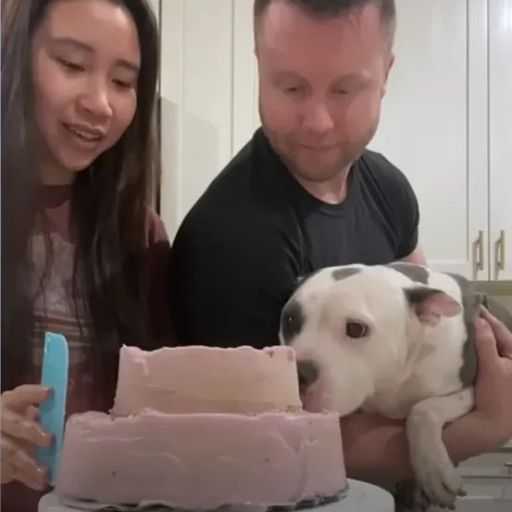
Watch The Full Video Here:
If you’ve ever wondered about the intricacies of your furry friend’s biology, the topic of whether dogs have periods might have crossed your mind. As a seasoned dog trainer, you understand the importance of knowing the ins and outs of your canine companion’s health. Understanding this aspect can help you provide the best care for your beloved pet.
When it comes to the reproductive cycle of dogs, there are some interesting facts to consider. Your curiosity about this subject shows your dedication to being a responsible pet owner. Stay tuned as we explore this topic further and shed light on this aspect of your dog’s well-being.
Exploring the Menstrual Cycle in Dogs
Understanding the Menstrual Cycle:
The menstrual cycle in dogs, referred to as estrous, consists of four stages: proestrus, estrus, diestrus, and anestrus. Each stage plays a crucial role in the reproductive process.
Proestrus Stage:
During proestrus, which lasts around 9 days, your dog may experience vaginal bleeding and attract male dogs. However, she won’t be receptive to mating yet.
Estrus Stage:
Estrus follows proestrus and lasts about 9 days. This is when your dog is fertile and ready to mate, typically indicated by a change in behavior and a willingness to breed.
Diestrus Stage:
Diestrus occurs if mating has taken place. It lasts around 60 days and is when pregnancy may happen. If not pregnant, your dog will return to anestrus.
Anestrus Stage:
Anestrus is the resting period of the cycle lasting about 4-5 months. Your dog will show no signs of heat during this time.
Health Considerations:
While the menstrual cycle in dogs is natural, it’s essential to monitor your dog’s health during this time. Any abnormal bleeding, excessive discharge, or behavioral changes should prompt a visit to the vet.
Spaying:
Spaying your dog is a common practice that prevents the heat cycle and associated behaviors. It also helps in controlling the pet population.
Conclusion:
Understanding your dog’s menstrual cycle is vital for responsible pet ownership. Monitoring the stages, recognizing signs of heat, and considering spaying are crucial aspects of caring for your furry friend.
Understanding Canine Reproductive Anatomy
Understanding your dog’s reproductive anatomy is essential for responsible pet ownership and overall well-being. Here’s a simple breakdown:
- Ovaries: These are responsible for producing eggs, or ova, and releasing reproductive hormones.
- Uterus: This is where a fertilized egg implants and grows during pregnancy. It’s crucial for nurturing developing puppies.
- Vulva: The external genitalia of female dogs, playing a role in the reproductive process.
- Vagina: Connects the outside of the body to the uterus, allowing for mating and the passage of puppies during birth.
- Cervix: Acts as a barrier between the vagina and uterus, helping to protect the reproductive system from infections.
Knowing these key parts of your dog’s reproductive system can help you better understand their reproductive cycle and any related health issues they may face. It’s always best to consult with your veterinarian for any concerns regarding your furry friend’s reproductive health.
Signs and Symptoms of a Female Dog in Heat
When your female dog is in heat, there are certain signs and symptoms to look out for:
- Swollen Vulva: You may notice that your dog’s vulva becomes swollen during this time.
- Bloody Discharge: A noticeable sign of being in heat is a bloody discharge from the vulva, which can vary in color and consistency.
- Increased Urination: Your dog might urinate more frequently to leave her scent for male dogs.
- Change in Behavior: Female dogs in heat may display restlessness, agitation, or seek more attention from you.
- Attracting Male Dogs: Your dog may attract male dogs who can pick up on her pheromones from a distance.
- Flagging: They might exhibit a behavior known as “flagging,” where they position their tail to the side to signal receptiveness to mating.
- Licking Genital Area: Female dogs may groom their genital area excessively during this time.
- Shortened Attention Span: Your dog might seem distracted or have a shorter attention span than usual.
These signs and symptoms can vary slightly from one dog to another, but being aware of them can help you understand and manage your dog’s heat cycle better. If you have any concerns about your dog’s health or behavior during this time, consult your veterinarian for guidance and support.
Managing a Female Dog’s Heat Cycle
Understanding your female dog’s heat cycle is crucial for her well-being. Here’s how you can manage it effectively:
- Observation and Awareness
- Keep an eye out for signs of your dog entering heat, such as a swollen vulva and bloody discharge.
- Note any behavioral changes like increased urination, attracting male dogs, or excessive grooming of the genital area.
- Precautions
- During heat, prevent interactions with male dogs to avoid unwanted pregnancies.
- Be cautious during walks and outings to ensure your dog’s safety and prevent mating.
- Maintaining Hygiene
- Provide extra care and hygiene during this time, as there is a higher risk of infections.
- Clean the genital area regularly to avoid any discomfort or health issues.
- Vet Consultation
- If you notice any concerning symptoms or behaviors during your dog’s heat cycle, consult your veterinarian.
- Your vet can provide guidance on managing the heat cycle effectively and address any health-related issues.
- Consider Spaying
- If you’re not planning on breeding your dog, spaying can be an option.
- Spaying not only prevents unwanted litters but also has health benefits for your dog.
- Comfort and Support
- Offer your dog comfort and support during this potentially stressful time.
- Ensure she has a quiet, safe space where she can rest and feel secure.
By being attentive to your female dog’s heat cycle and taking necessary precautions, you can help ensure her health and well-being. Remember, your vet is always there to provide support and guidance for any concerns you may have.
Potential Health Concerns During a Dog’s Estrus
Ensuring Your Dog’s Health:
- Vigilance: It’s crucial to monitor your dog’s health during her estrus cycle.
- Unusual Symptoms: Look out for any abnormal signs like excessive bleeding, lethargy, or loss of appetite.
- Consult Your Vet: If you notice anything concerning, seek advice from your veterinarian promptly.
Hygiene Maintenance:
- Cleanliness: Keep your dog clean by gently wiping away any discharge to prevent infections.
- Bathing: Regular baths can help maintain your dog’s hygiene, especially during estrus.
Preventive Measures:
- Spaying: Consider spaying your dog to prevent unwanted health issues related to her reproductive system.
- Preventing Mating: Take precautions to avoid unwanted mating that could lead to unplanned pregnancies.
Comfort and Support:
- Provide Comfort: Ensure your dog has a comfortable and secure space to rest during her estrus cycle.
- Affection and Care: Show your dog love and attention to help her feel secure and cared for during this time.
Summary:
During your dog’s estrus, stay vigilant for any health issues, maintain proper hygiene, consider preventive measures like spaying, prevent unplanned mating, and provide comfort and support to ensure your dog’s well-being. Regular monitoring and care play a vital role in keeping your furry friend healthy and happy during this time.
Conclusion
That’s all about dogs and their periods. Remember, being aware of your furry friend’s needs during her heat cycle is essential for her well-being. Keeping an eye out for any health issues, maintaining cleanliness, and considering preventive measures like spaying are crucial. By taking these simple steps and providing comfort and support, you can ensure your dog stays healthy and happy throughout her estrus. So, next time your canine companion goes into heat, be prepared to give her the care and attention she deserves.
Frequently Asked Questions
What is the menstrual cycle in dogs?
The menstrual cycle in dogs is called estrous. It consists of several stages and is crucial for reproduction.
What are the signs of a female dog in heat?
Signs of a female dog in heat include increased vocalization, restlessness, a swollen vulva, and a bloody discharge.
What should I do to manage my dog’s heat cycle?
To manage your dog’s heat cycle, observe her closely, take precautions to prevent mating, maintain hygiene, consult a vet, consider spaying, and provide comfort and support.
What are the potential health concerns during a dog’s estrus?
Potential health concerns during a dog’s estrus include infections, pyometra, and unwanted pregnancies. Vigilance, hygiene, preventive measures like spaying, and comfort are crucial.
How can I ensure my dog’s well-being during her estrus cycle?
To ensure your dog’s well-being during her estrus cycle, stay vigilant for health issues, maintain hygiene, consider preventive measures, prevent unplanned mating, and provide comfort and support.

Hey there, I’m Janet Brooks, a dog-loving student from California. I’m all about helping pups in need, especially those without homes. Me and my awesome friends work together to give shelter and love to stray dogs. Oh, and I also write blogs about dogs to share helpful info.